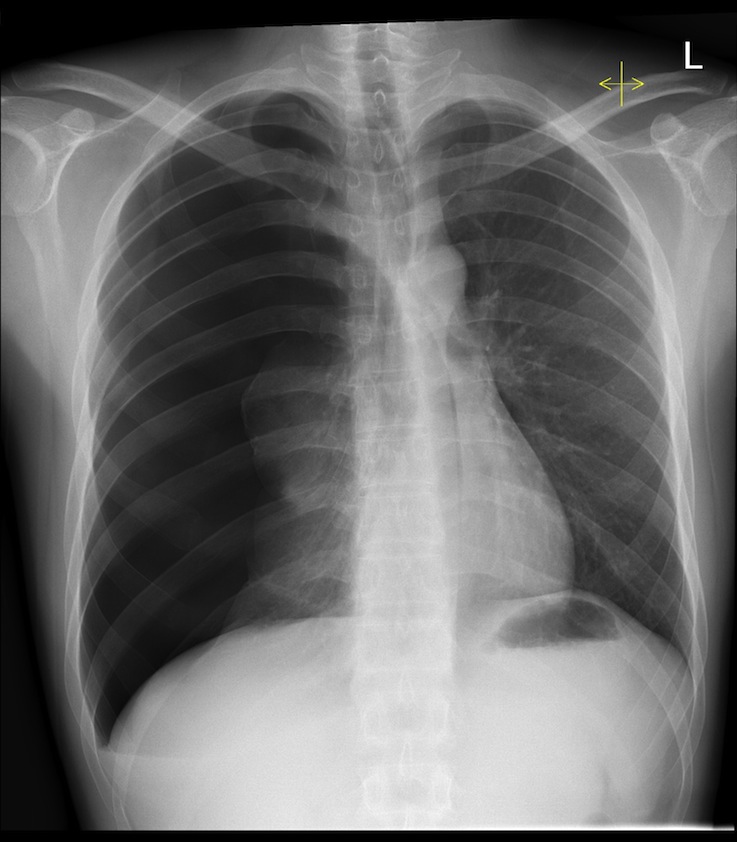

However, there still remains uncertainty about which patients would benefit from SSRF.

Recently, surgical stabilization of rib fractures (SSRF) has gain popularity in the management of patients with rib fractures to help reduce pain and the development of associated complications. Multiple modalities have been proposed for managing rib fracture pain including both opioid and nonopioid pain medications, delivered enterally, parenterally, topically, or through regional means. The main clinical manifestation of rib fractures is chest wall pain, which is often the principal cause of the underlying morbidity and mortality. Over the past decade, vast improvements have been made in the care of the rib fractured patient however, outcomes for this patient population still remain poor and with little change. Furthermore, as the population continues to age worldwide, rib injury frequency and the associated morbidity and mortality will continue to increase as older individuals are more vulnerable and more likely to die as a result of chest injuries. Over one-third will develop pulmonary complications and one-third require discharge to an extended care facility. Patients with eight or more rib fractures have a mortality rate of 34.4% with more than half of these patients requiring intensive-care unit (ICU) admission. Rib fractures are further associated with increased mortality and severe pulmonary-related morbidity. Rib fractures are the most common injuries following blunt chest trauma, occurring in approximately 10% of all traumatically injured patients and approximately 50% of blunt chest trauma population. Pain regimens and SSRF considerations should be adjusted accordingly. Average fracture displacement was significantly increased for all rib groupings except 11–12 in all planes ( p < 0.002). Median time between CT1 and CT2 was 6 days (IQR, 3–12). Median Injury Severity Score was 21 (IQR, 13–27) with Chest Abbreviated Injury Score of 3 (IQR, 3–4). Resultsħ8 of 477 patients with RF on CT1 had CT2 during the study period: primarily male (76%) and age 55.8 ± 20.1 with blunt mechanism of injury (99%). Non-parametric sign test and paired t test were used for analysis.


Secondary outcome included number of missed RF on CT1. Given anatomic and clinical characteristics, ribs were grouped (1–2, 3–6, 7–10, 11–12), averaged, and analyzed for displacement. Displacement was calculated by subtracting CT1 fracture displacement from CT2 displacement for each rib. Primary outcomes included RF displacement in millimeters (mm) between CT1 and CT2 in three planes (AP = anterior/posterior, O = overlap/gap, and SI = superior/inferior). Patients with initial chest CT (CT1) followed by repeat CT (CT2) within 84 days were included. Retrospective review of all RF patients from 2016–2017 at our institution. The purpose was to examine RF patterns hypothesizing RF become more displaced over time. Lack of displacement is often cited as a reason for non-operative management. Despite advancing technology of surgical stabilization of rib fractures (SSRF), treatment and indications remain controversial. Rib fractures (RF) occur in 10% of trauma patients associated with significant morbidity and mortality.


 0 kommentar(er)
0 kommentar(er)
